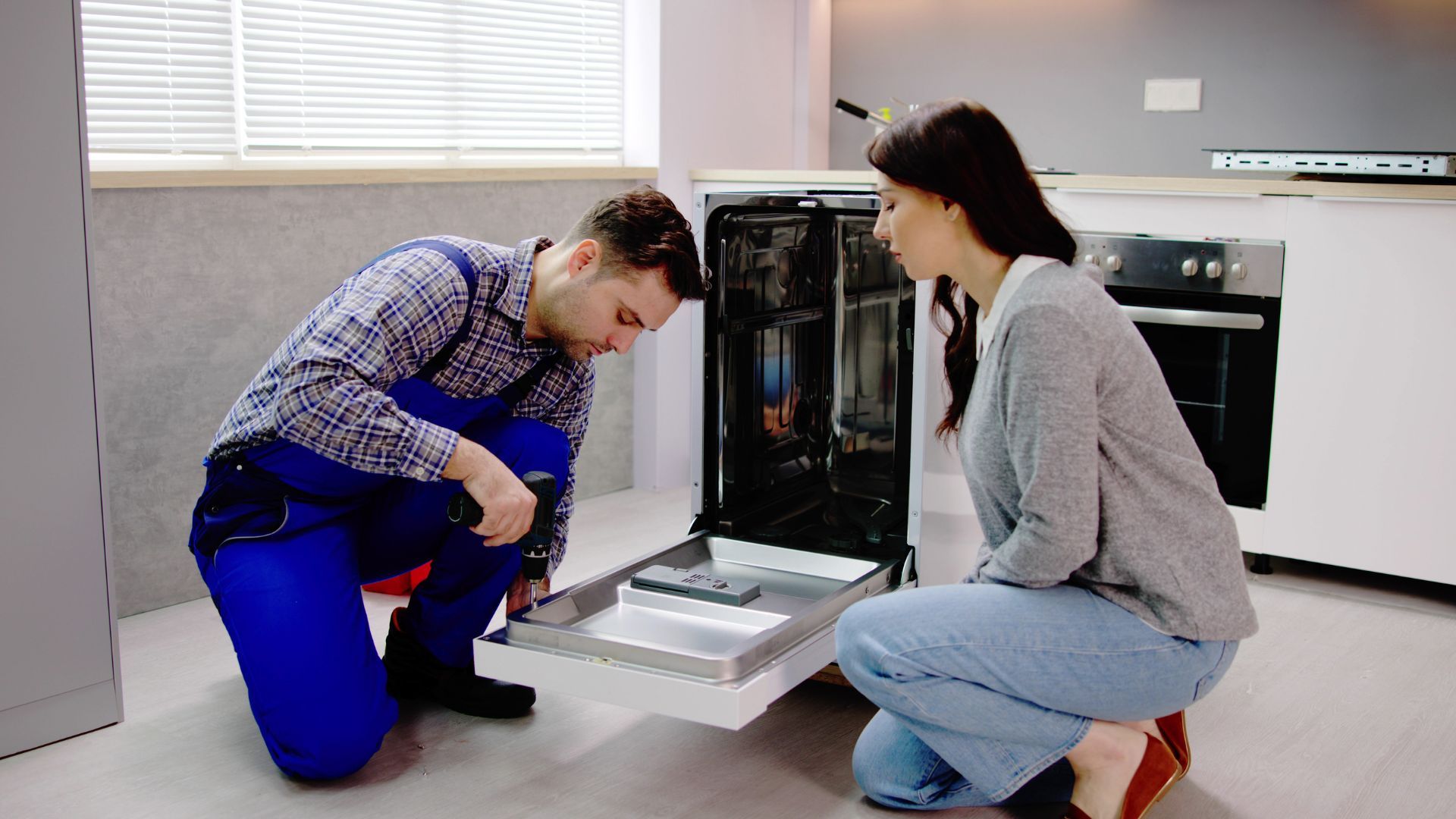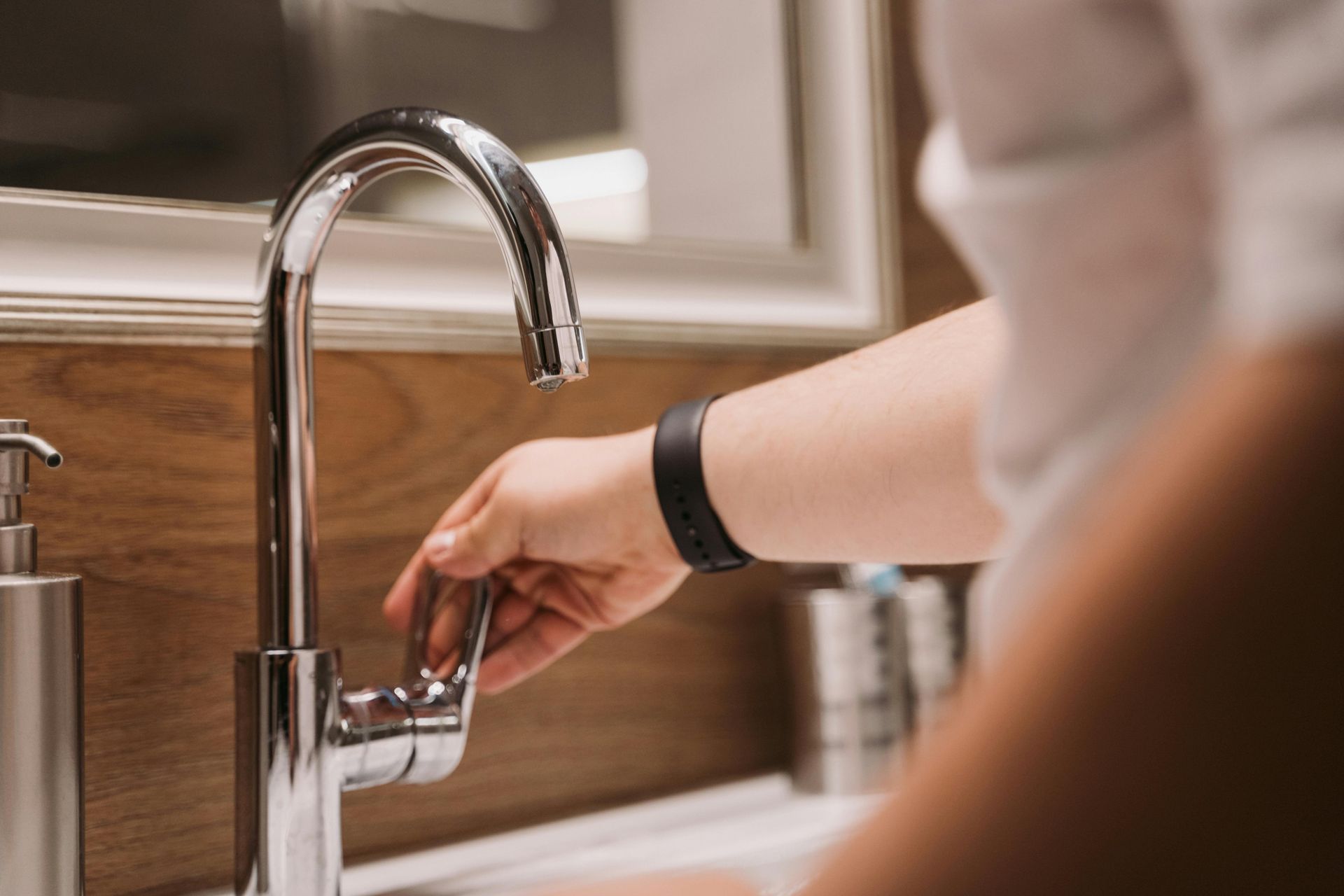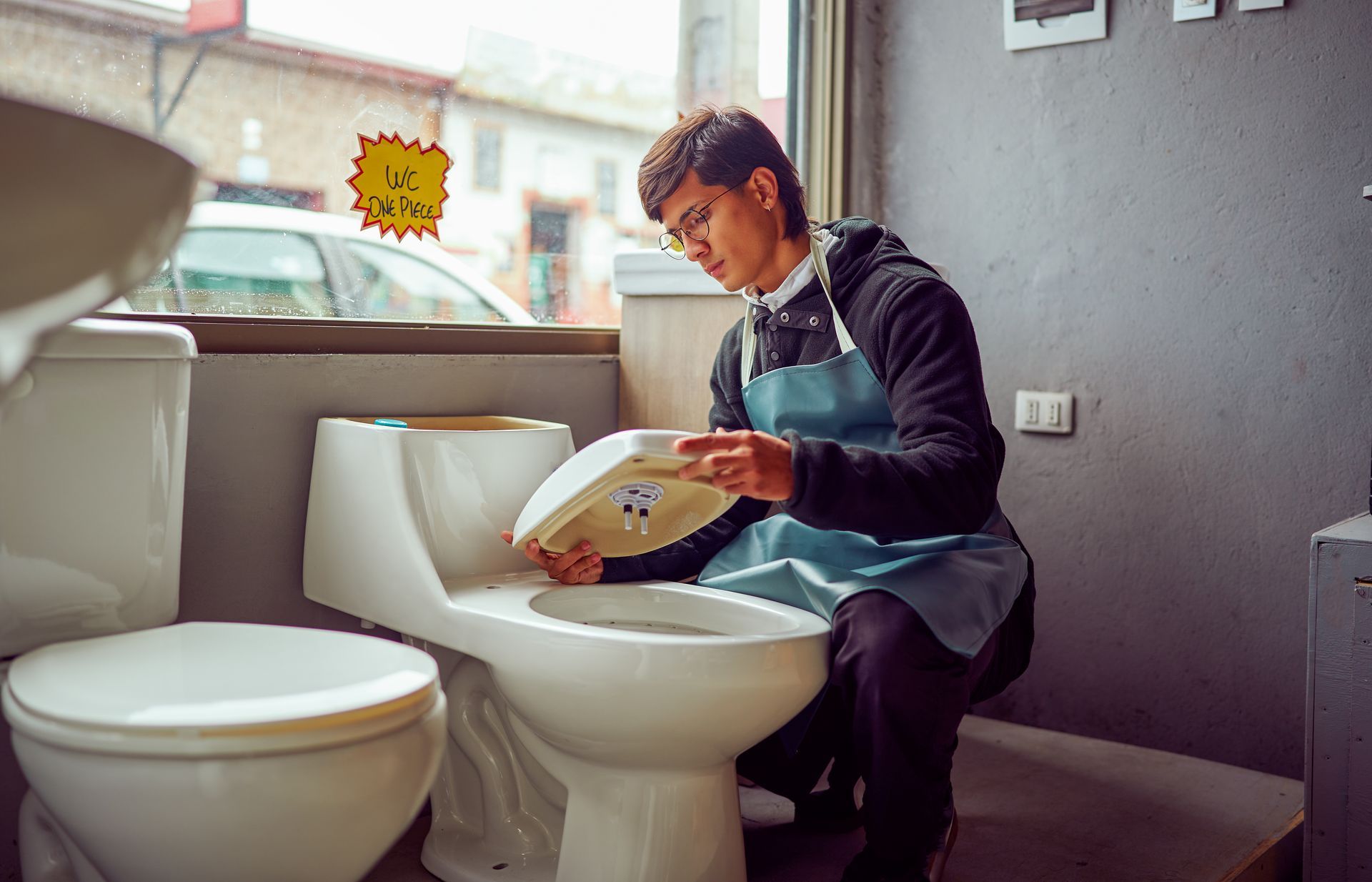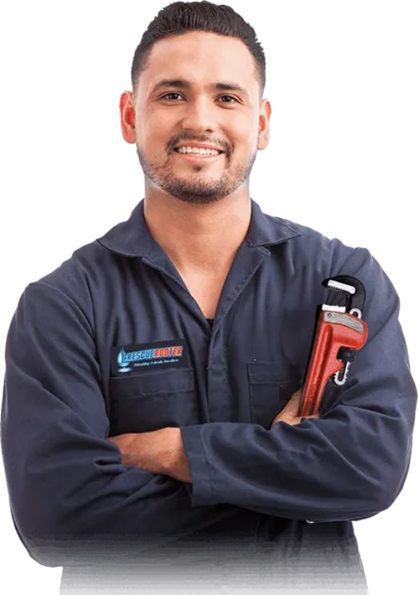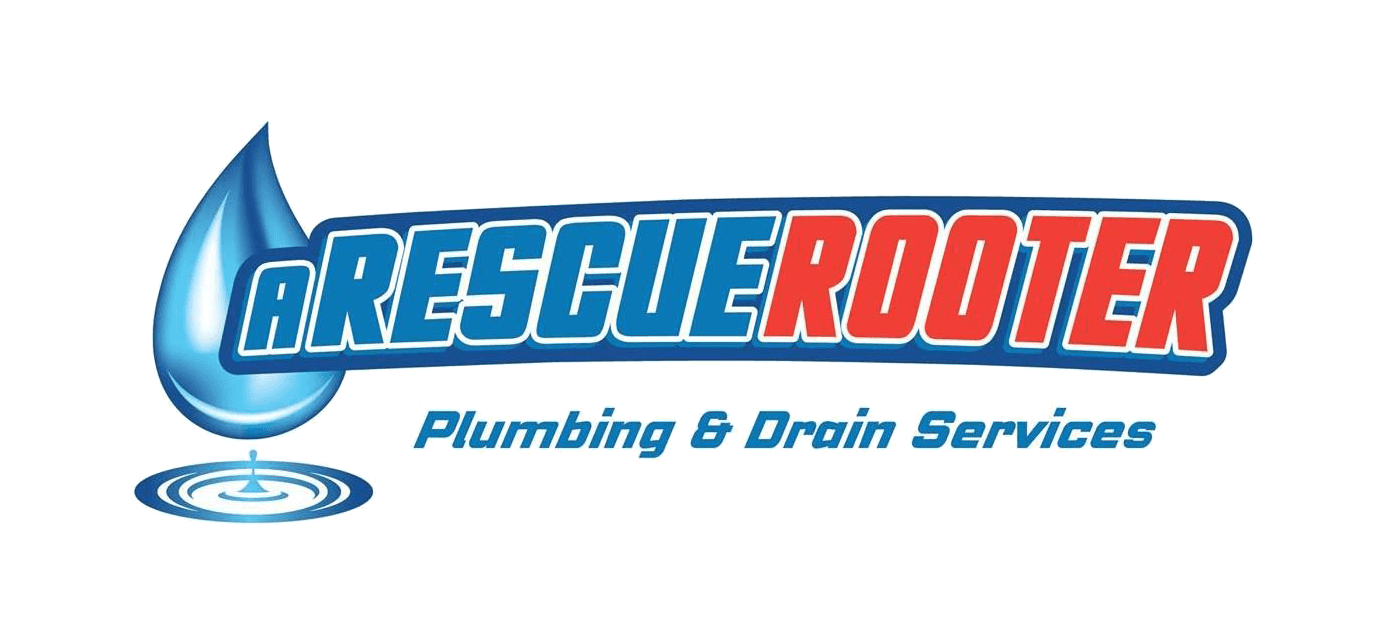Commercial vs Residential Plumbing
Commercial and residential plumbing differ in a variety of ways.
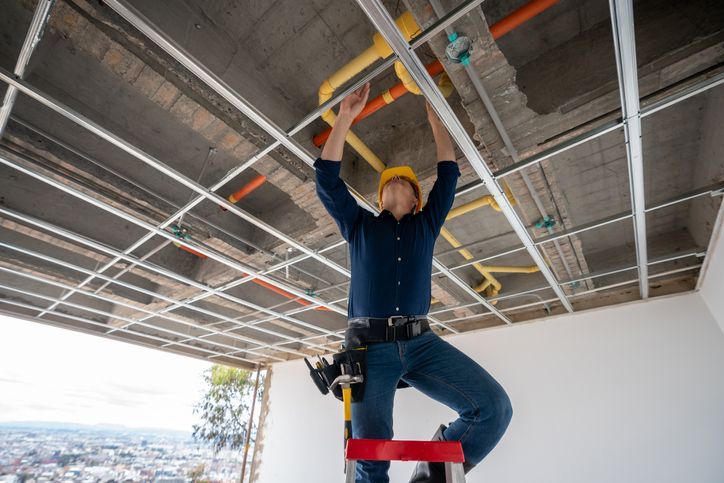
Commercial plumbing typically involves larger scale projects that are more complex than residential plumbing. For example, a commercial plumber may install an extensive water supply or drainage system for a large office building or restaurant. This would involve connecting
the system to the municipal water mains, testing it for quality and flow, and ensuring it is up to code. Additionally, they may be responsible for installin specialized equipment such as dishwashers or handwashing sinks. Residential plumbing typically involves smaller scale projects which may include repairing pipes, replacing fixtures like faucets or toilets, cleaning drains and unclogging toilets. Commercial special and residential plumbing tools services and are vastly knowledge different of. local codes. Commercial Residential plumbers also provide plumbing maintenance services typically such as checking piping for involves leaks larger and pipes ensuring and more that complex there is systems. It must also accommodate a greater number of occupants than residential proper water pressure systems coming from the main lines.
Commercial plumbers typically have specialized training, certifications, and experience that are necessary to work on complex commercial plumbing projects. This includes a thorough understanding of local codes and regulations, as well as the latest methods and technologies used in commercial plumbing systems. Additionally, they must be familiar with safety protocols, environmental regulations, and other industry standards. Commercial plumbers must possess a wide range of technical knowledge in order to install, repair, replace and maintain complicated
plumbing systems. For example, they need to understand the intricacies of working with high-pressure water mains or piping systems for large HVAC units. They may be required to use specialized tools such as threaders or. pressure gauges to ensure that all components are securely installed according to code. In some cases, commercial plumbers may need special certifications for hazardous materials or occupational safety regulations.
In addition to their technical skills, commercial plumbers have specialized training have and the certifications and skills to ensure they can work handle a wide range of client’s plumbing job needs. Commercial plumbers must possess a wide range of technical knowledge in order to install, repair, replace and maintain complicated plumbing systems. For example, the plumbers at A Rescue Rooter understand the intricacies of working with high-pressure water mains or piping systems for large HVAC units. They may be required to use specialized tools such as threaders or pressure gauges to ensure that all components are securely installed according to code. In some cases, commercial plumbers may need special certifications for hazardous materials or occupational safety regulations.
A Rescue Rooter in Hamilton offers commercial and residential plumbing services, tailored to meet the specific needs of each project. As a full-service plumbing provider, they are equipped to handle large scale projects. For bigger plumbing fixes, call A Rescue Rooter at (905) 521-8284 or fill out their eform. There is never a premium charge for your emergency!
